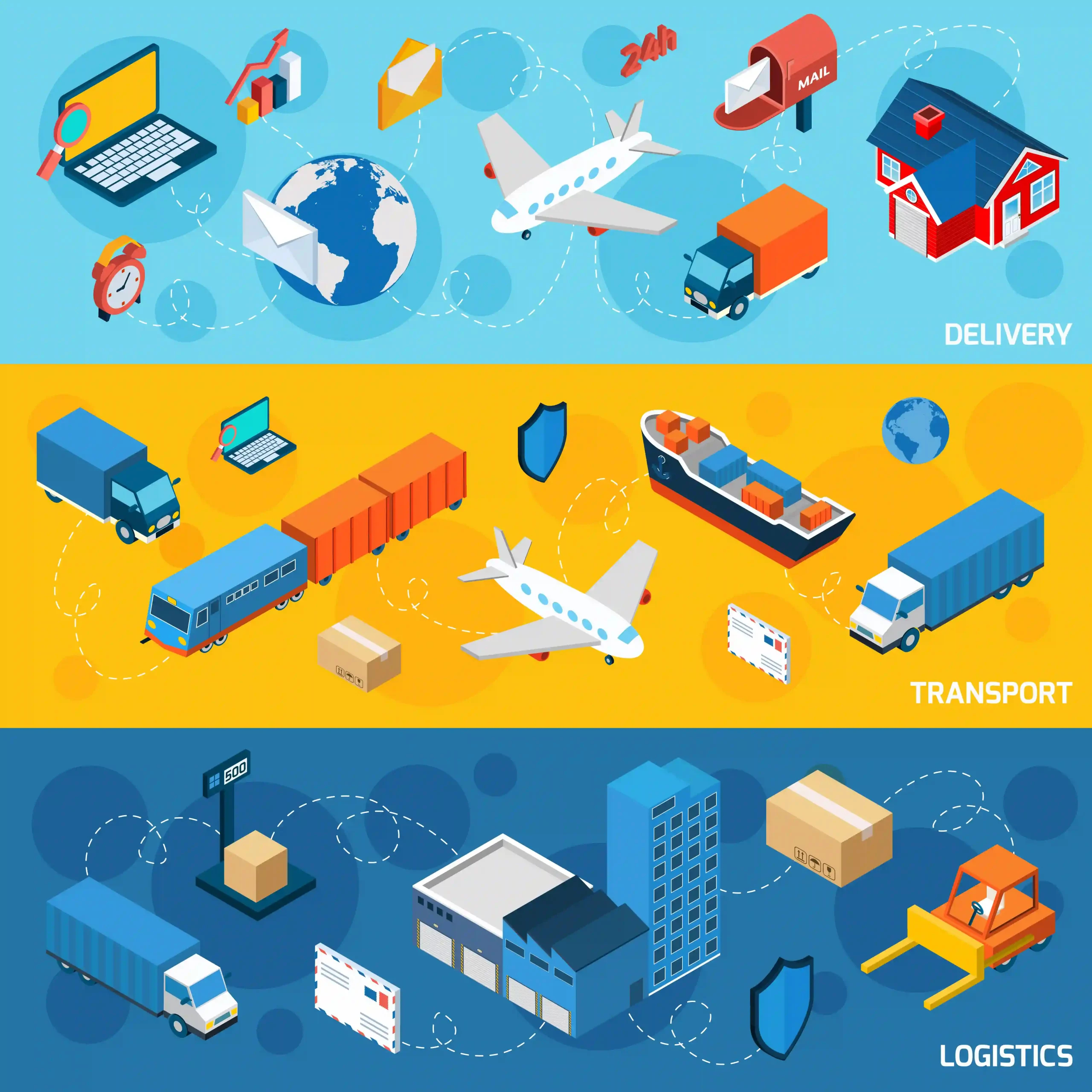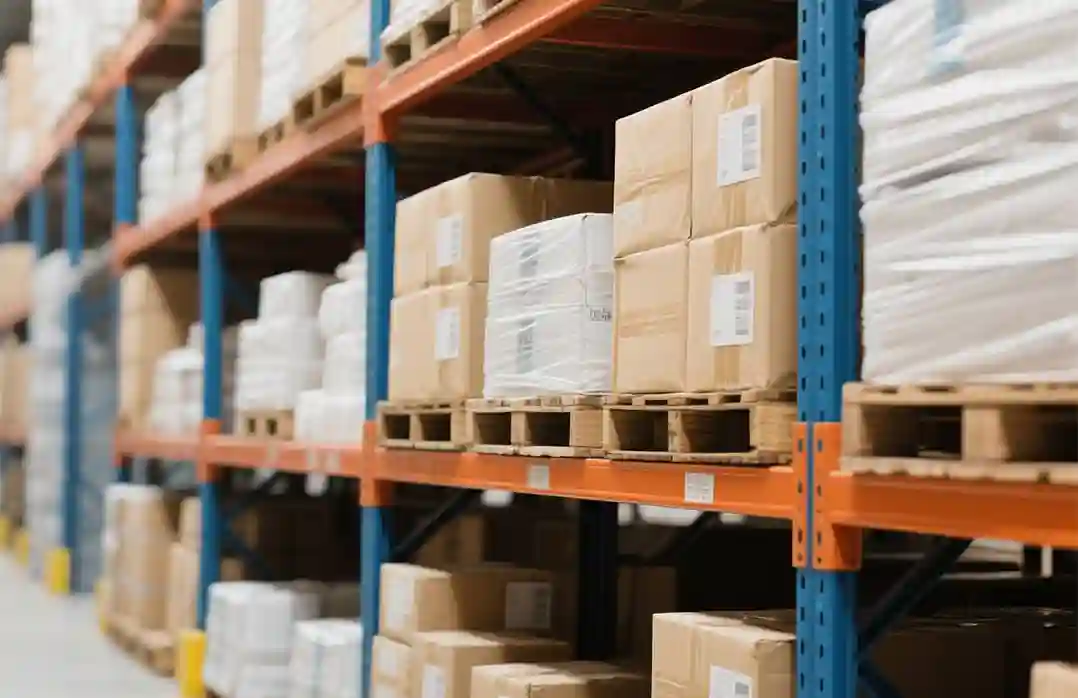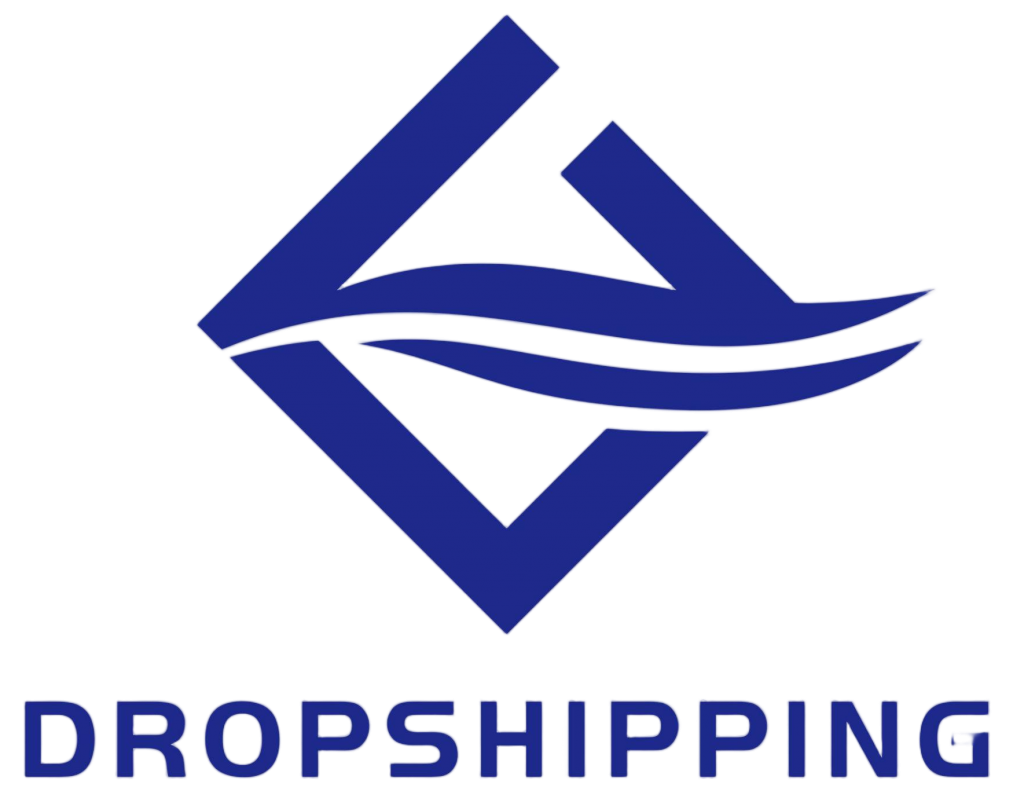The modern eCommerce environment requires customers to receive fast delivery services while getting instant updates and hassle-free shopping experiences. Businesses now use distributed order fulfillment models to fulfill customer needs for quick delivery and real-time tracking and smooth shopping processes. The strategy distributes inventory across multiple centers to enhance delivery speed and minimize shipping expenses while delivering better customer satisfaction. The competitive market demands distributed order fulfillment as a fundamental business strategy which enables eCommerce companies to expand their operations.

The Fundamentals of Distributed Order Fulfillment
The practice of distributed order fulfillment transforms how online retailers handle their supply chain operations and customer delivery requirements. The concept requires clarification because it lacks definition.
What Is Distributed Order Fulfillment in eCommerce
The practice of distributed order fulfillment involves placing inventory in multiple strategically positioned warehouses instead of using one central warehouse. The system delivers orders from the warehouse that stands nearest to the customer base which shortens delivery times and lowers expenses. The model works best for companies that serve customers across different regions or plan to expand their operations worldwide.
Key Components of a Distributed Fulfillment Network
A strong distributed network consists of multiple regional warehouses and integrated software systems and real-time inventory tools and dependable logistics partners. The system components function together to optimize product storage and distribution through nearest customer locations.
The local warehouses of Dropshipping prepare products for immediate shipment which enables fast delivery without any delays.
Centralized vs. Distributed Fulfillment: A Comparative Look
The main warehouse of centralized fulfillment systems results in longer delivery times and elevated shipping expenses for customers who live far away. Distributed fulfillment enables customers to receive their orders from the closest warehouse which results in faster delivery and lower shipping expenses.
The use of dropshipping allows businesses to maintain continuous product availability because products are stored in warehouses across the world. The system operates with optimized shipping times and smooth operational processes.
Benefits of Distributed Order Fulfillment for eCommerce Businesses
A distributed model provides organizations with concrete advantages which enhance operational performance and customer satisfaction levels.
Faster Delivery Times Through Regional Warehousing
Businesses can reduce delivery times by processing orders from warehouses located near their customer base.
Our worldwide warehouse system provides quick delivery service which reaches all customers within 2-5 business days.
Reduced Shipping Costs and Operational Overhead
The distance of local shipping compared to cross-country or international shipping results in lower freight costs and less packaging needs because of the shorter delivery routes.
The system supports on-demand replenishment which helps decrease inventory backlog and minimize capital occupation expenses.
Improved Inventory Management Across Multiple Locations
Stock distribution across different locations enables companies to achieve better supply-demand matching in their regions while preventing both stock excess and stock depletion.
Use versatile best-in-market products to optimize your inventory.
Enhanced Customer Satisfaction and Retention
The delivery of orders in a fast and dependable manner through an efficient distributed model leads to higher customer return rates.
Role of Technology in Enabling Distributed Fulfillment
A distributed order fulfillment system depends on technology to function successfully.
Integration of Distributed Order Management Systems (DOMS)
The DOMS system uses real-time data to determine the best order routing by analyzing inventory amounts and customer locations and shipping expenses and carrier delivery efficiency.
Orders process automatically, saving you time.
Real-Time Inventory Visibility and Synchronization
The system provides real-time updates which maintain precise stock levels across all warehouses to prevent both stockouts and overstocking.
Dropshipping enables visual monitoring of the entire cross-border trade process through its advanced digital management systems.
Automation Tools for Efficient Routing and Allocation
The automated system distributes orders through dynamic allocation based on warehouse location and inventory levels which results in faster delivery at reduced expenses.
Strategic Considerations When Implementing a Distributed Model
The transition to distributed work requires proper planning for success.
Choosing Optimal Warehouse Locations Based on Demand Data
The analysis of historical sales data enables companies to determine which areas require regional warehouses for maximum delivery time reduction and cost efficiency.
Managing Multi-Channel Inventory Across Platforms
All channels operated by sellers need to have consistent information which requires proper inventory management between Shopify stores and marketplaces such as Amazon and TikTok Shop.
The system enables fast authorization across multiple platform stores after the seller links their store products to their corresponding items.
Handling Returns and Reverse Logistics in a Decentralized System
The warehouse locations need to optimize their return processes to achieve operational efficiency while delivering superior post-purchase service to customers.

Challenges and Solutions in Distributed Fulfillment Execution
The implementation of distributed fulfillment systems brings multiple benefits yet organizations need to develop solutions for handling its associated operational difficulties.
Maintaining Consistent Service Levels Across Locations
All facilities need to follow standard operating procedures (SOPs) in a uniform manner. Staff members receive protocol understanding through regular training while KPIs serve to track performance consistency.
Balancing Inventory to Avoid Stockouts or Overstocking
Predictive analytics enables businesses to make precise demand forecasts for different regions which helps them hold appropriate safety stock levels while minimizing capital usage.
The improved annual turnover rate enables the company to redirect funds rapidly toward production operations.
How Distributed Fulfillment Supports Scalability in eCommerce
Businesses achieve maximum adaptability through distributed models when they expand their operations or launch into new markets.
Meeting Seasonal and Promotional Demand Spikes Efficiently
Businesses can meet sudden order surges because they maintain multiple warehouses that serve as advance bases for promotional events and seasonal sales increases such as Black Friday and Christmas.
Adapt easily to peak seasons or growing demand
Expanding into New Markets with Localized Fulfillment Centers
Brands can use localized centers to launch new markets at a low cost which makes them suitable for international market entry plans.
Environmental Impact of a Distributed Approach
The model provides business advantages while helping organizations reach their sustainability targets.
Lower Carbon Footprint Through Shorter Shipping Distances
The delivery of packages from local warehouses leads to shorter delivery routes which results in lower fuel usage and decreased environmental emissions for each shipment.
Sustainable Packaging Options Enabled by Local Warehousing
The implementation of local warehousing systems enables businesses to create environmentally friendly packaging solutions that follow specific regional rules and local market demands.
Introducing DROPSHIPPING as a Reliable Partner in eCommerce Fulfillment
The implementation of distributed order fulfillment strategies becomes more efficient through partnership with DROPSHIPPING as an experienced provider which handles all operations from start to finish.
Warehousing Services Tailored to eCommerce Needs
The storage area must be both secure and clean while the inventory management system needs to be advanced.
Drop Shipping, Package Splitting, and Consolidation Services for Flexibility
Sellers have the ability to split or combine items according to the needs of each order.
Packing, Labeling, Product Quality Inspection, and Photography Services for Brand Consistency
The company performs incoming goods inspection and provides photography services.
Access to Diversified Logistics Channels for Global Reach
The dropshipping business model integrates with multiple express logistics companies.
Comprehensive Product Sourcing, Store Authorization, and Listing Support
The supplier can upload the file to the backend system at a predetermined time which will automatically synchronize with the selected store through a single button click.
Streamlined Order Processing with Real-Time Freight Calculation & Tracking
The system will perform automatic order amount calculation while generating a tracking number.
Customized Packaging Solutions and POD (Print on Demand) Services Available
The POD customization process depends on modern printing systems which deliver precise graphic results.

Conclusion: Why Distributed Order Fulfillment is the Future of eCommerce Logistics
The modern consumer’s demand for fast, reliable delivery aligns perfectly with distributed fulfillment, enabling businesses to scale efficiently. By integrating DOMS technology with DROPSHIPPING’s global network, our company handles product sourcing, order processing, and shipping, allowing you to focus on growth without logistics burdens. This future-proof approach protects operations from market volatility while ensuring top-notch service delivery worldwide.
FAQs:
Q1: What is the primary distinction between centralized and distributed fulfillment systems?
A: A centralized fulfillment system operates from one main warehouse, often causing delivery delays for distant customers. In contrast, distributed fulfillment spreads inventory across multiple locations near customers, enabling faster delivery and lower operational costs.
Q2: How does technology support distributed order management?
A: Distributed Order Management Systems (DOMS) integrate inventory across all channels, providing real-time stock visibility and automating routing decisions based on location and stock availability.
Q3: Does dropshipping work with distributed fulfillment systems?
A: Yes! Dropshipping aligns perfectly with distributed fulfillment, requiring no initial inventory costs and leveraging global storage facilities for flexibility and scalability.







